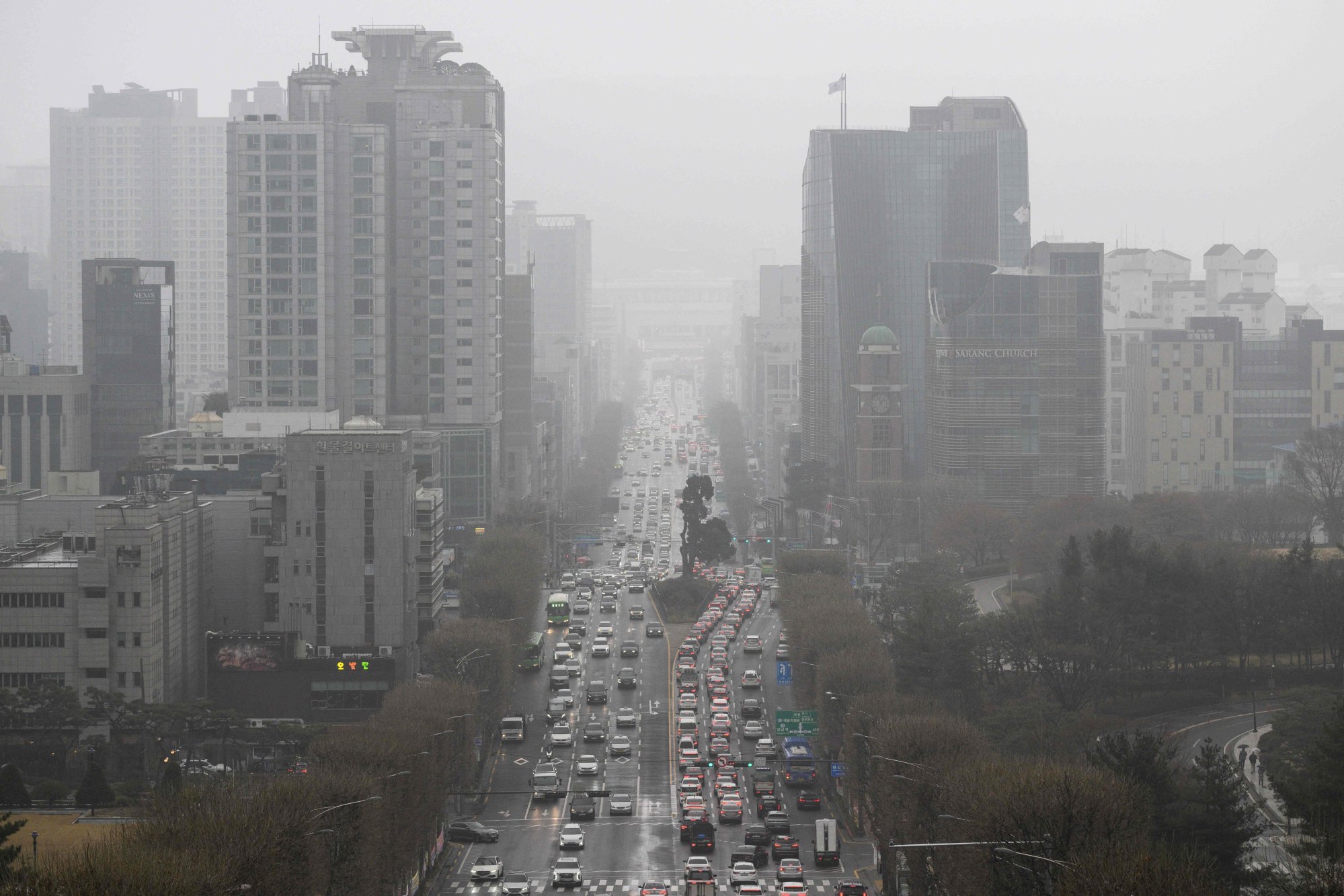
Brad Gladu, the international capital lead for Korea at JLL, which advised Blackstone, said the deal “highlight[ed] the uniqueness of Seoul’s office market as well as the cultural nuances that define different office markets”.
In the final quarter of 2023, Manila experienced the fastest growth in luxury residential prices in annualised terms among 45 global cities tracked by Knight Frank, underpinned by a “surge in requirements from expats”. Victoria Garrett, director of global residential at Savills, said “a lot more expats [in Asia] are focused on relative affordability and quality of life”.
Why Asian buyers’ love of Australia’s property market endures
Why Asian buyers’ love of Australia’s property market endures
Michael Back, co-head of the Asia real estate practice at Herbert Smith Freehills in Brisbane, said Japanese investors in Australia were having “their time in the sun” and that the nation’s “population growth [was] a very important factor”.
Seoul’s exceptionally strong office market, the relative value of prime residential property and Japanese investors’ big push into Australian rental housing are not the only trends in Asian real estate that are underappreciated, but they deserve greater attention.
Nicholas Spiro is a partner at Lauressa Advisory








